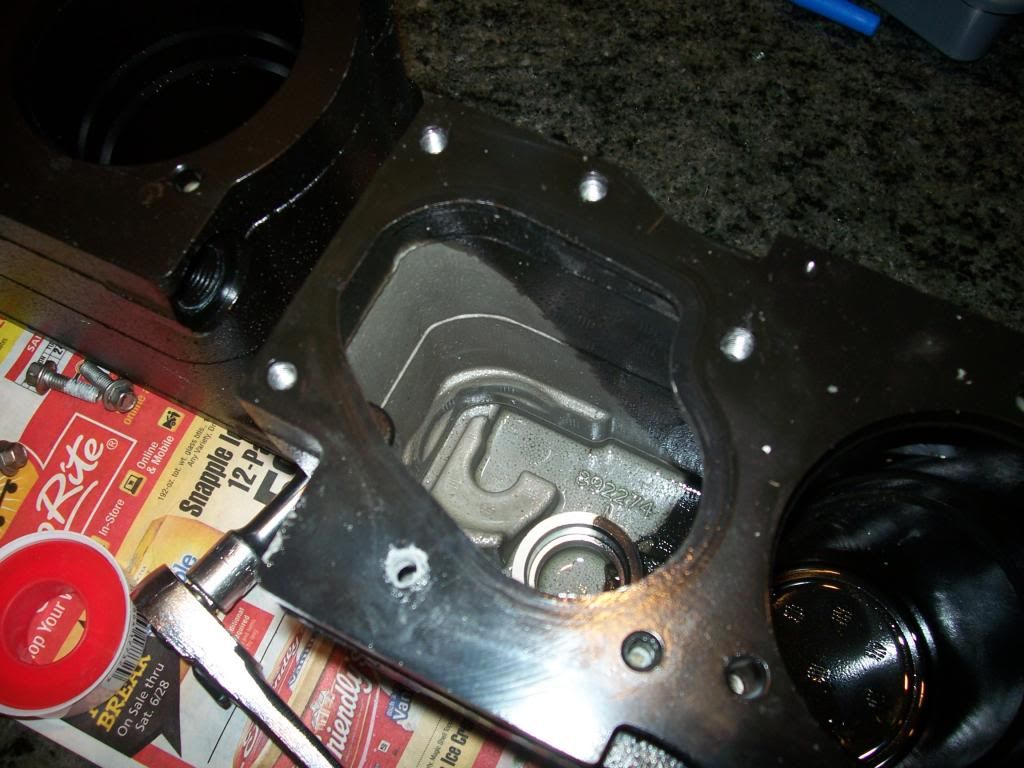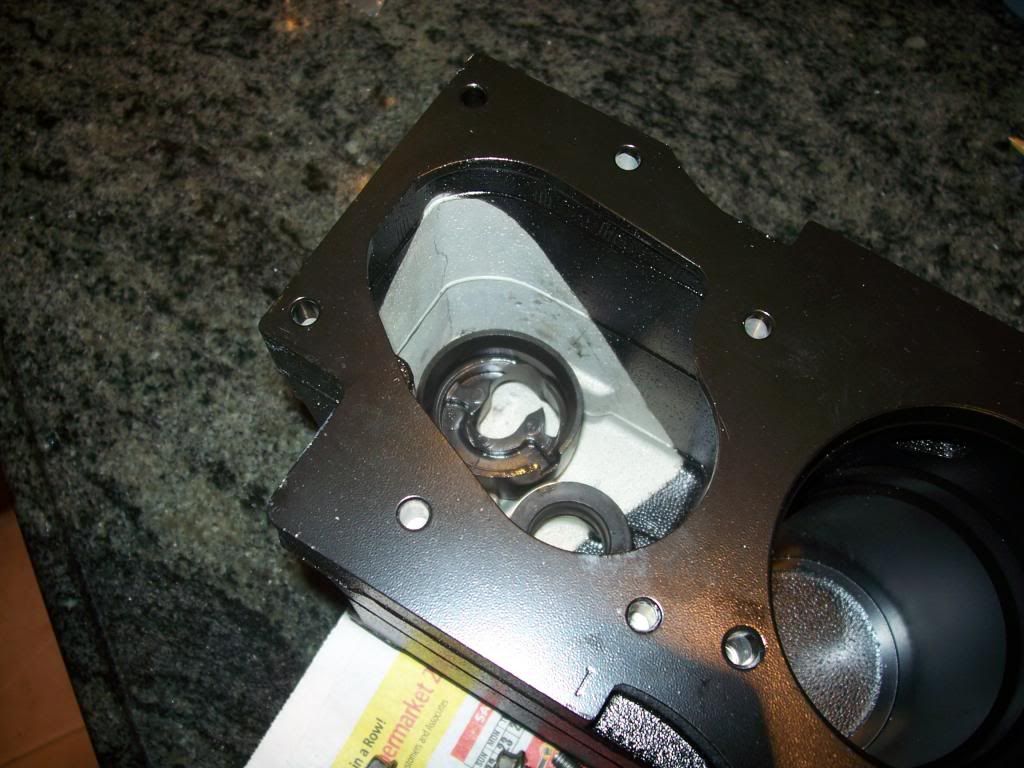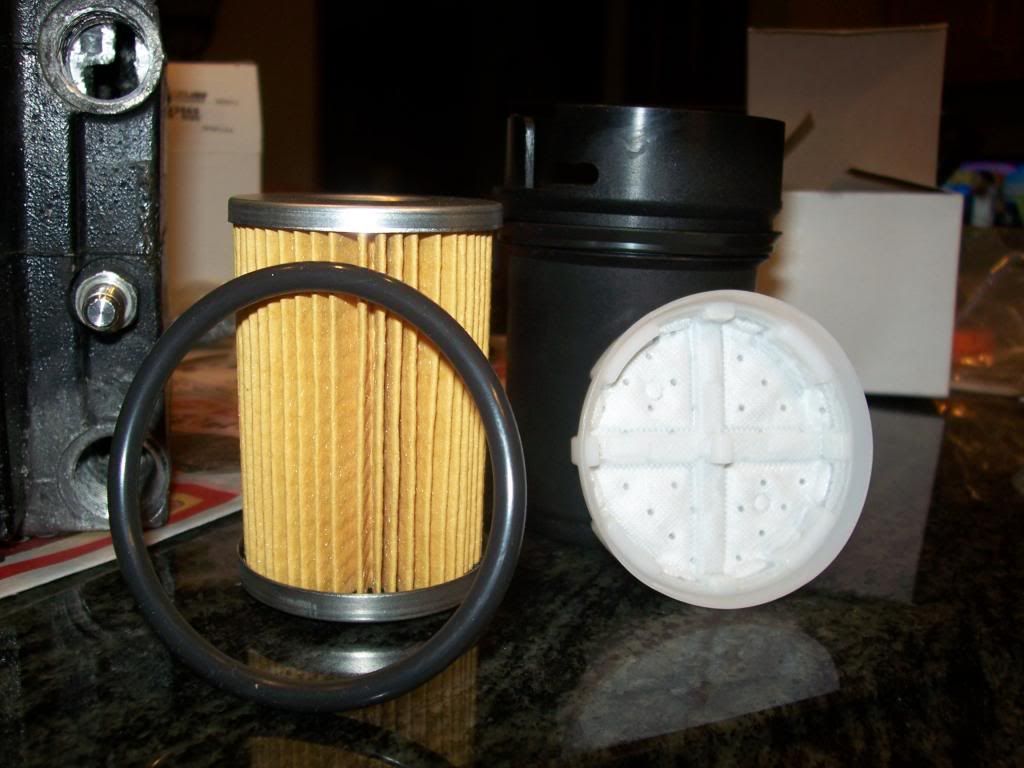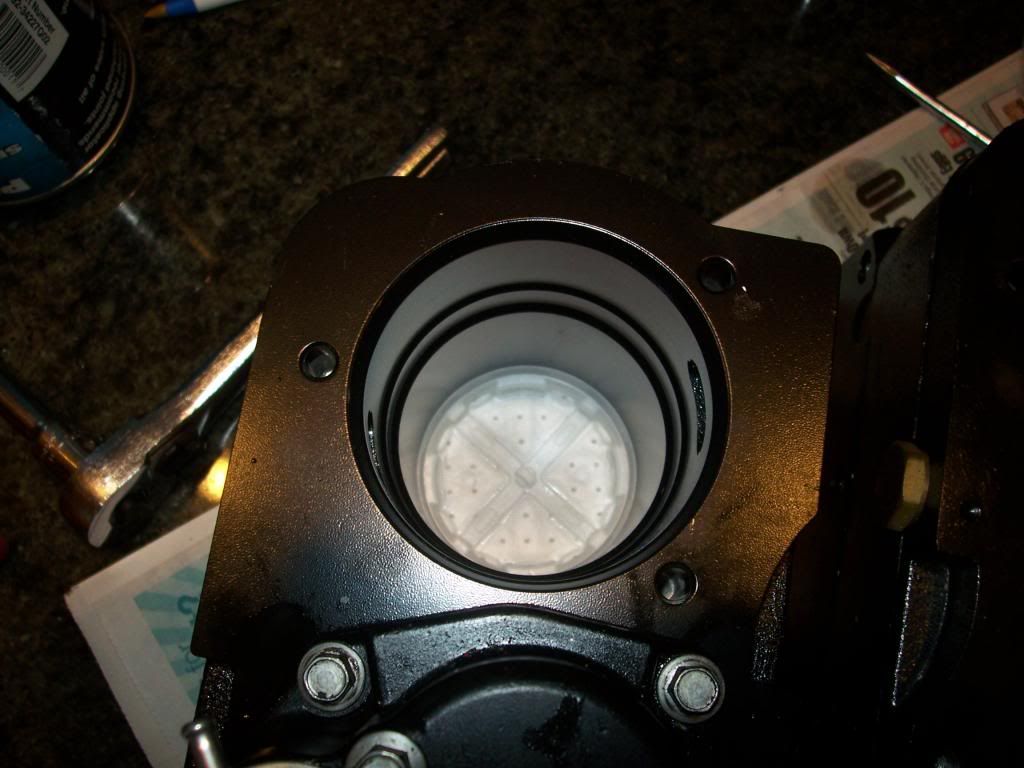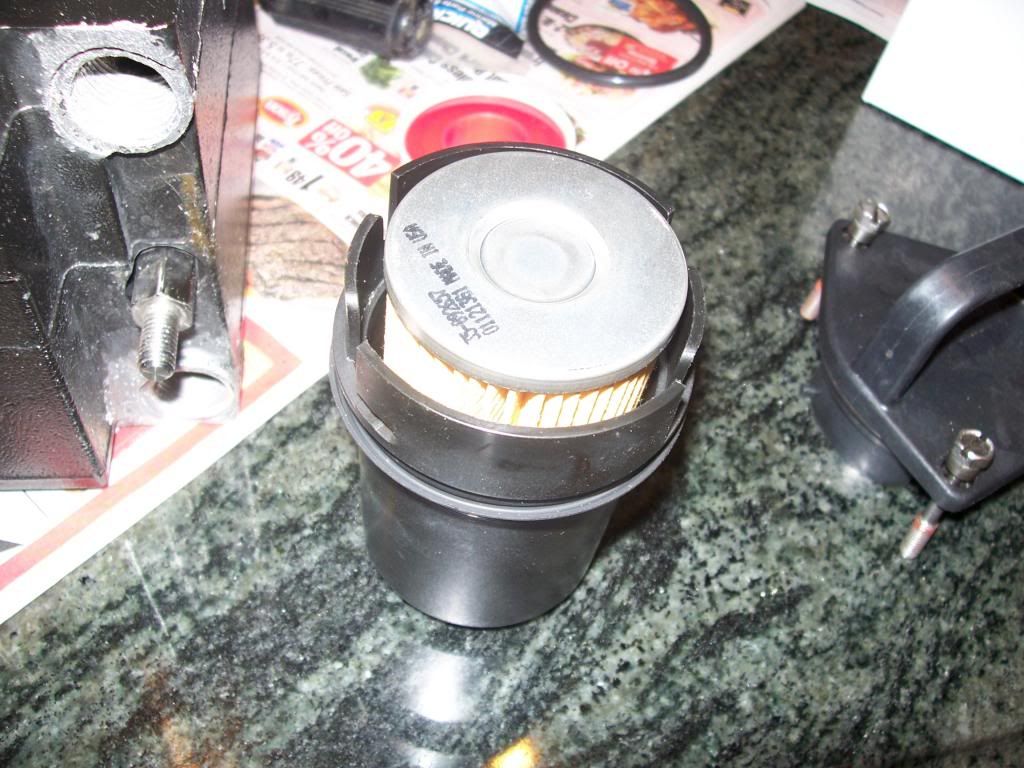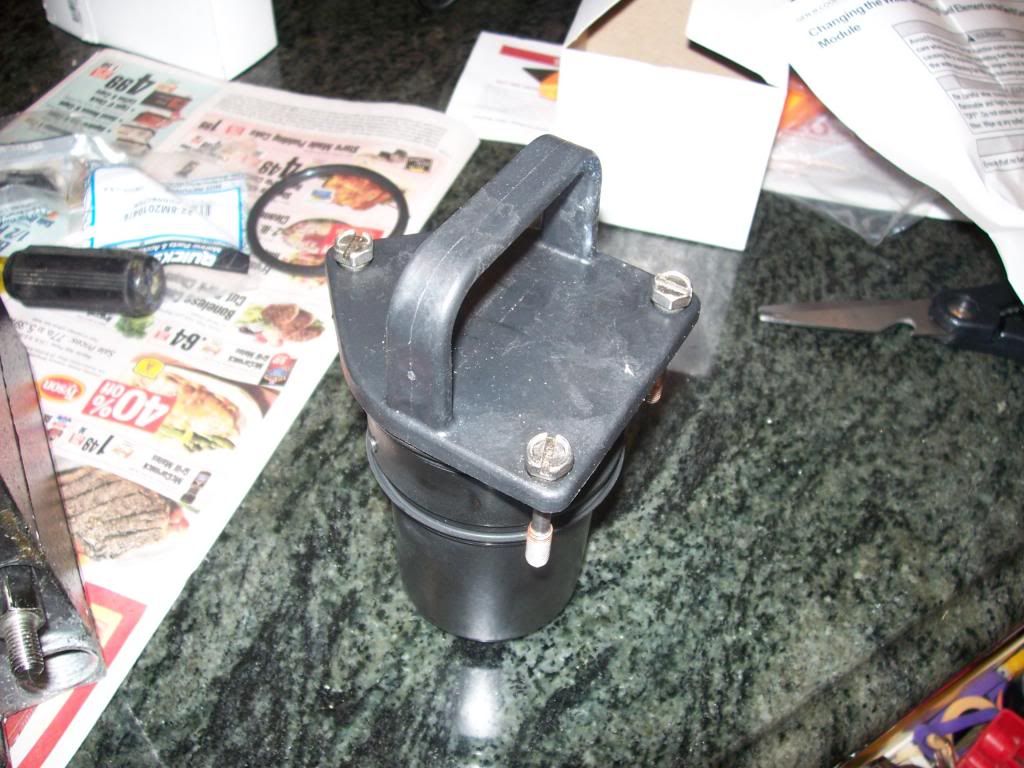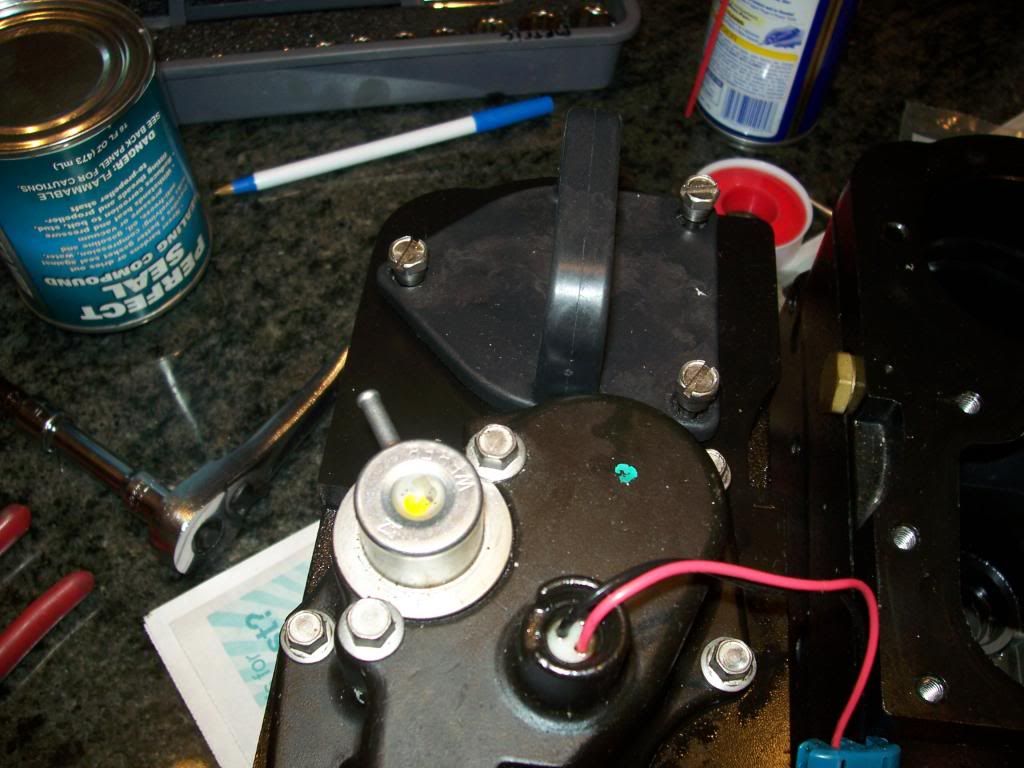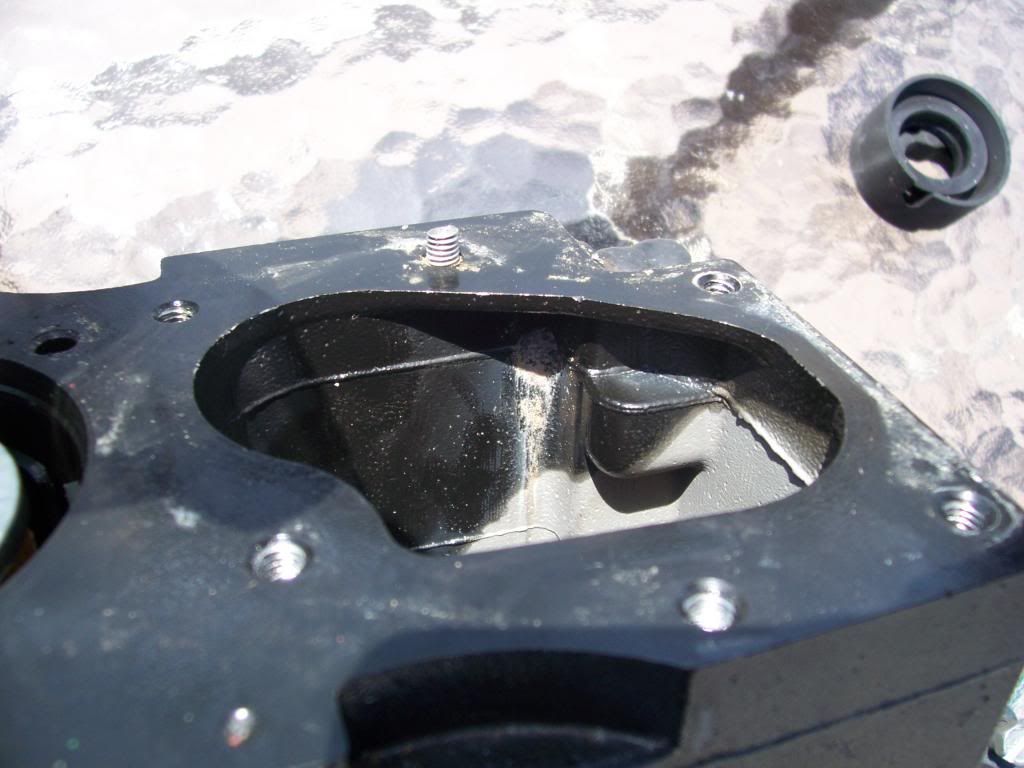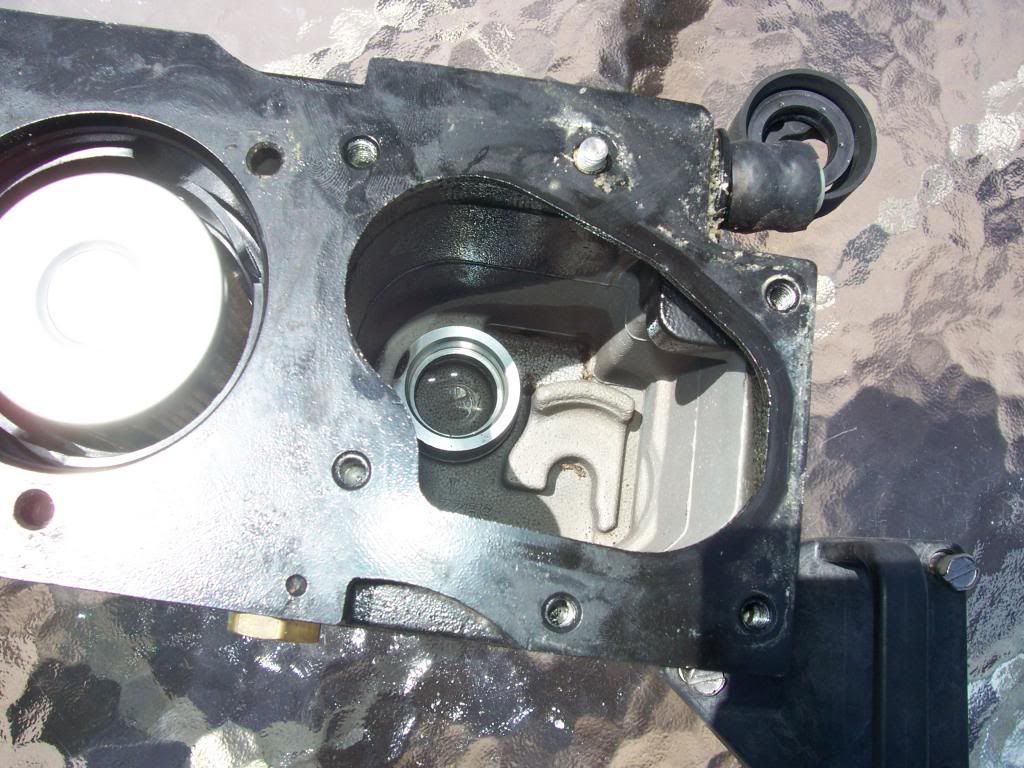Nehalennia
Well-Known Member
- Aug 22, 2007
- 10,006
- Boat Info
- 2001 310DA twin 350 MAGs, Westerbeke 4.5KW
- Engines
- Twin 350 MAG V-drives
Good write up Ron. My cousin has a 320 and just learned one of his Cool Fuel III units has failed and it's recommended to replace both of them. I'm sending him this link.
Go clean your bilge.
Go clean your bilge.




